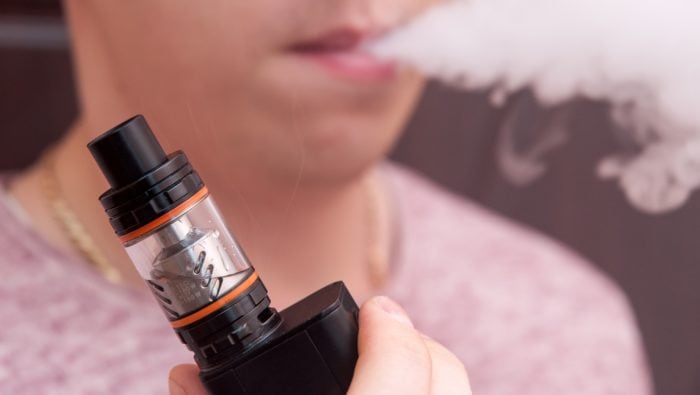By Guest Blogger Lylan Wingfield, MS, LPC, LCAS
Vaping? Juuling? What’s the Big Deal?
What Parents May Not Know about This New Trend
In recent years, e-cigarette use has become increasingly popular among American adults and, therefore, among teenagers. Vapes and the Juul are types of e-cigarettes. Teenagers are increasingly becoming fonder of the Juul due to its sleek design that makes it easy to conceal from parents and teachers. E-cigarettes are marketed as cigarette alternatives meaning the user still gets the benefits of nicotine without the additives of cigarettes. Vapes and Juuls boast flavors such as mango, blueberry, and other dessert flavors. With vapes, one can customize the amount of nicotine is in the “juice” module from nicotine free to a full pack of cigarettes. Juul modules typically house the same amount of nicotine as a pack of cigarettes.
Teenagers are claiming they enjoy the use of vapes due to the ability to consume nicotine without the use of cigarettes which is fairly consistent with their adult counterparts. They like the flavors of the e-cigarettes and feel there are fewer side effects to the use of vapes versus traditional tobacco products. Many enjoy doing smoke tricks with the vapor. Some report they feel less likely to cave to peer pressure if they are using an e-cigarette while their friends are doing other substances. It helps them to feel as if they are using a substance without getting high or drunk.
Originally, vaping was believed to be a healthier alternative, but there is no long term data that supports this belief at the current time. Due to the amount of nicotine in the e-cigarettes, doctors are concerned about the development of long term nicotine addiction, and we know that nicotine is one of the most addictive substances in the world. With the Juul modules containing as much nicotine as a pack of cigarettes, it is increasingly likely for teens to develop a dependence on nicotine which could lead to use of tobacco products long term.
Additionally, research is starting to emerge that e-cigarettes have similar side effects to their tobacco counterparts. Side effects include dry mouth, sore mouth, headaches, tongue inflammation, dizziness, sleepiness or sleeplessness depending on the user, allergies, chest pain, breathing problems, and stomach pain. Because e-cigarettes are made with vapor, chemicals for flavoring, and nicotine, there are still risks associated with its use as there is with any chemicals we introduce into our bodies. Some smokers report fewer side effects from e-cigarette usage than from traditional tobacco products. However, this varies from person to person.
An important note for parents as well, more and more teenagers are using e-cigarettes to smoke marijuana. They are either using hash oil, dabs, other cannabis derived products, or actually some of the marijuana plant in their e-cigarette modules. They report the smell is less noticeable and an increased high from the concentrated THC in these products. This is not to say that every teenager is smoking weed from their vape, but it is just a warning to be aware of the potential for increased misuse.
If you discover that your child/teenager is using an e-cigarette, most importantly, remain calm. This may mean taking some time to calm yourself before having a conversation with them. The next step is to engage them in conversation. Ask what they like about it, what are their reasons for vaping, what do they think the negatives of vaping might be. Avoid why questions if you can as this will put them on the defense. Open dialogue is key so that you can help them come up with alternatives for vaping, smoking, etc. For example, if they are smoking because they are stressed and feel like it helps them to relax, then what are some other things they can do to help release stress and take breaks? The more you listen, the more they will talk. The more they talk, the more you know how to help them.
Of course, you may always seek additional information and assistance from a health care professional such as your primary care doctor, pediatrician, or a substance abuse professional.
Lylan Wingfield is the Assistant Clinical Director with the The Kellin Foundation. The Kellin Foundation is a nonprofit organization that supports children, individuals, families, and communities to achieve safety and wellness. The goals are to assist individuals and communities with safety, restore hope, facilitate healing, and achieve holistic wellness. The foundation’s belief is that mental, physical, social, and spiritual well-being all contribute to the ability of individuals to reach their full potential, and thus, we use an integrated approach to our programming.
















